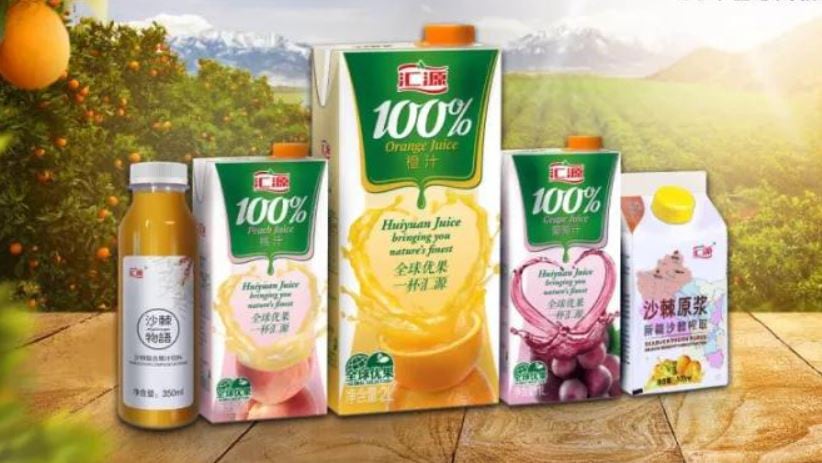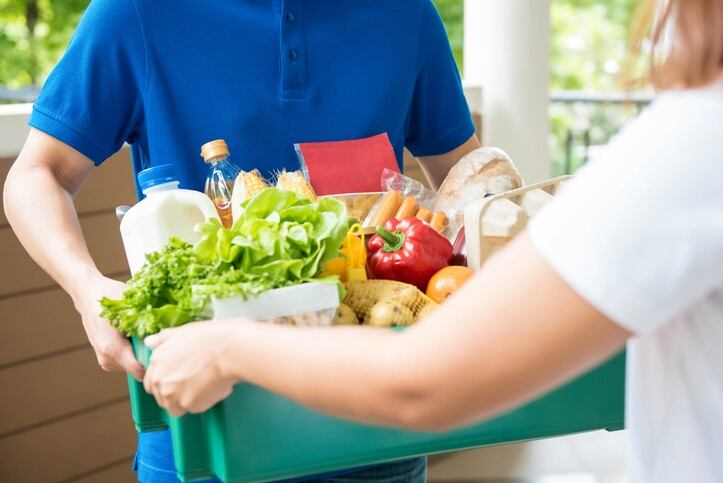Carol Fung, president of JD FMCG Omnichannel, told FoodNavigator-Asia that during the peak of pandemic in February, the company saw its fresh meat and vegetable sales exceeded 400% and 450% year-on-year, but admitted: “we were worried after this initial spike in sales, our sales would drop.”
However, she said the pandemic had triggered a change in consumers shopping behaviours which has led many to shop online for fresh produce. During this period, JD had since managed to grow its new customer base by 100%.
Euromonitor earlier reported that the growth momentum of e-commerce had potential to be sustained once the habit of purchasing fresh food online became ingrained.
Known as the mid-year shopping festival, 618 which runs from June 1 to June 18, is a nationwide shopping promotion for most e-commerce companies in China and was JD’s solution to Alibaba’s November 11 Single’s Day promotion. Last year, JD raked in RMB200bn (US$28bn) in sales.
While sales would noticeably decline in July after 618, Fung told us she believed the increase in online shoppers and addition of new customers would result in a more sustainable growth for the company.
“While it is growing at three-digits now, after 618 we expect it will be a high double-digit growth.”
In addition, Fung said JD would work with manufacturers and brands to make up their losses in the first quarter during the pandemic.
The period after 618 is what the company typically calls ‘light season’. “We already plan for ‘light season’ this year. In July and August this year, we are planning an omnichannel marketing campaign for Mengniu and P&G,” Fung said.
Fresh meat
In the first hour of 618, transaction volumes of chicken and beef increased 34 and 12 times respectively compared to the same period last year.
In China, the recent rise in pork prices, led by food safety and health concerns have resulted in increased demand for chicken and eggs in the country. According to the firm, popular cuts were chicken wings and breast.
China’s per capita chicken consumption is increasing annually, at 12kg in 2019, which was up 14% from 2018. However, China’s chicken consumption still lags behind the US (46kg), Europe (22kg) and Japan (40kg).
For beef, JD is also predicting higher demand this year and has since sourced about 50,000kg of sirloin mostly from Australia, Brazil, New Zealand, Uruguay and Argentina as consumers were increasingly more cautious of product authenticity and safety.
Premium fruit
In the fruits category, transaction volumes of durian increased 17 times in the first hour of 618.
Commonly known as the king of fruits, the seasonal fruit is increasingly more popular among Chinese consumers.
JD data revealed that durians were more popular in first and second-tier Chinese cities like Beijing and Guangzhou, but demand was growing in lower-tier regions where the fruit was previously not easily accessible.
JD sources most of its durians from Thailand and Malaysia where the fruits are harvested at 75% ripeness and transported to China which takes about seven days, the time needed for the fruit to reach optimal ripeness.
JD’s quality control team would conduct several evaluations, screening size, ripeness, and shape before the fruits are put on sale.
Wen Li from JD Fresh’s quality control team pointed out: “Every durian from Thailand needs to go through at least six testing procedures and meet over 10 specifications before it can be delivered to our customers.”
In the early stages of harvesting, JD would also work with farmers to ensure quality fruits are selected.




